By Capt. Wayne Canning
Back when I started building and repairing boats things were fairly simple when it came to sealants. A couple of cans of Dolphinite seam and bedding compound, some cotton, a funny looking hammer and you were good to go. Then along came Silicone and Polysulfide. This was the beginning of new ways to keep water out of our boats. Today we are faced with a myriad of choices when it comes to sealants. So many choices in fact it has gotten difficult to figure out what is best to use and where to use it. To make matters worse, the more people you talk to about what sealant is best the more confusing it gets. With this in mind I wanted to compile a summary of what is available to most boaters and what the pros and cons of each are.
In the days of wooden boats, caulking was cotton or oakum (hemp fiber soaked in pine tar) driven into the seams and covered with a soft putty or tar pitch. Today’s caulks however, are sophisticated chemical compounds formulated for specific uses and conditions. Dispensed from tubes either by hand or with the use of dispensing guns they are not only easier to apply but offer superior performance and longer life. This performance though, is related to proper sealant selection for the job and proper preparation and use.
Today’s sealants have to perform in ever demanding roles. The residential renovation industry has made many high quality products come to market, visit this site to learn more about home renovation products that can be used for boats. They have to be able to fill large voids and still cure fully, stick solidly to the substrate, and remain flexible through out there working life. Environmental conditions such as sunlight, temperature, and humidity all play a part in expected performance. Most modern sealants are single part, meaning they are air cured and not mixed. They are applied easy and have a long service life. That service life however can be adversely affected if they are not applied under the proper conditions and used with the correct substrates. Selecting the right product for the job at hand requires the user understand the properties and limitations of each type of sealant.
The following is a list of the common types of sealants the average mariner is likely to find available for use on their boat.
Silicones:
Silicones are one of the most common types of sealant available. First widely used in the early 60s they are a versatile and durable sealant. They are made by reducing silica (sand) into silicone polymer oil. Fillers such as Mica and Clay are then added along with other compounds to alter the characteristics and performance of the sealant. Silicone sealants adhere best to smooth, non porous surfaces such as glass, metal, fiberglass, and plastics like coloured cast perspex. It will remain very flexible its entire service life, Silicone’s tear, cut, and abrasion strength is however, low. Silicones are self curing once exposed to air or more correctly the moisture in the air. One notable difference among the types of silicone sealants is the curing agent used. The three main types are; Acidic systems release acetic acid upon curing (you can tell these because they smell like vinegar); Neutral systems release alcohol during cure; and Aqueous systems release water during cure. Marine Silicones are supplied as a one part paste in both squeeze and gun tubes. Most Silicones are low sag and will not run or fall out of seams. They are available in many different colors. Most silicone sealants have very good resistance to chemicals, oils, and high temperatures. Silicones also have very good UV and weathering resistance with useful exterior life span of 10-20years. They have a very good shelf life of several years and a fair open life of several weeks to months.
The smoother the surface the better the adhesion is with silicones. This combined with its excellent UV and weathering resistance make the non acidic cure types a good choice for bedding and caulking windows and ports and installing hatch lens. It works well with most plastics and is very good for bedding plastic and metal hardware to fiberglass surfaces. Keep in mind when using silicones that paint will not stick to it at all. This applies to the film left after clean up, care needs to be used to avoid getting any on any surface to be painted. Care should also be taken to select mould resistant Silicone sealants. Silicones contain acetates which feed mould; this can be a drawback when using it in a marine environment. This is a particular nuisance when using white pigmented silicon sealants as the mould shows up as back or gray spots. Silicones superior flexibility makes it a good choice for filling large gaps. Silicones are not recommended for underwater use on boats. Cure times are fairly predictable with the surface becoming tack free and skinned over in about ten minutes and stiff cure in about 45-90 minutes. Full cure takes about 24 hours. Cleanup is best done with denatured alcohol. Silicone sealants do tend to leave a thin film that often is not noticed until cured, thorough cleanup is important. Silicone’s can be applied in a wide range of temperatures above freezing but work best around 70 degrees.
Silicone Pros and Cons
Pros
Ease of use, Fast cure, Long life, Good Flexibility over its life, Comes in many colors including clear, Inexpensive, Non Toxic once cured, Excellent UV and weathering resistance, Good resistance to chemicals, oils, and high temperatures, Long package life even once opened, Low shrinkage rate, Large gap filling, Non acidic type good for sealing electrical connections, Can be applied in a wide range of temperatures.
Cons
Cannot be used underwater, Paint will not adhere to it, Will support mold and mildew growth, Short tack free times mean you must work fast on larger projects, Low tear strength, Poor abrasion resistance, Harder cleanup (leaves film) does not sand well.
Polysulfides:
Polysulfide polymers first came into practical use during WWII to help patch bullet riddled aircraft. It was introduced as commercial a sealant in early 1950s. Polysulfide sealants are formulated using a base polymer, curing agents, reinforcing fillers, plasticizers, and adhesion additives. Formulations vary from company to company with variations in viscosities and cure properties. Polysulfide’s are available as single part air cure or as a two part mix. The common air cure types have a average tack free time of 5-24 hours and full cure times of 5-20 days. Polysulfide’s cure to a firm rubber like texture that adhere well to a variety of substrates including glass, wood, metals, and fiberglass. They have good tear, cut and abrasion resistance. Polysulfide’s are supplied as a one part paste in both squeeze and gun tubes with low sag and run or fall out rates. Polysulfide’s are available in limited colors mostly white, black, brown, and gray. They have good resistance to chemicals, and oils, but poor resistance to high temperatures. Polysulfide’s also have fair to good UV and weathering resistance with a useful exterior life of 10-20 years. They have a good unopened shelf life of several years and an open shelf life of several days to 2-3 weeks. They are best applied at temperatures near 70°. Low humidity levels will slow cure times.
Polysulfide’s can be used above and below the water line making them a good choice for sealing underwater fittings and thru hulls. They are not recommended for use with most plastics used for marine hardware, hatches, and portlights. The reason for this is that most common plastics contain oils that make it difficult for the polysulfide sealants to adhere to them. Polysulfide’s can be sanded and painted making them a good choice when working around painted surfaces. If used on woods particularly oily woods such as teak it is best to use a primer first as recommended by the sealants manufacture. Due to slower cure rates care needs to be taken with environmental conditions during the full cure time frame. Polysulfide’s contain few acids and are a good choice for chain plates and sealing around rigging wire. The weathering and UV resistance characteristics are not as good as the silicones. Polysulfide sealants are stronger than silicones however they are not as flexible, this should be kept in mind when filling larger gaps. Polysulfide’s resistance to oils makes it a good choice for filling joints in teak decks, its ability to hold paint make it a good choice for sealing joints on painted wood. Polysulfides are also available in low viscosity types that are useful for filling small cracks. Application temperatures and humidity affect the cure rate and overall performance of the product. Polysulfide’s do not do well in high temperatures, this could include metal deck fittings, that when heated by the sun can get surprisingly hot. Cleanup can be done with denatured alcohol or mineral spirits.
Polysulfide Pros and Cons
Pros
Ease of use, Good working times, Long life, Good Flexibility over its life, Can be used underwater, Easy Cleanup, Fair to good UV and weathering resistance, Good resistance to chemicals, oils, Good shelf life even once opened, Low shrinkage rate, Paintable, can be sanded, Will not support mould and fungus growth, Higher tear and cut, and abrasion resistance than silicone.
Cons
More expensive than Silicones, Cannot be used with many plastics, Poor resistance to high temperatures, Gap filling not as good as silicones, Limited color selection.
Polyurethanes:
First manufactured in the early 70’s Polyurethanes contain calcium carbonate and/or titanium dioxide and different types of urethane polymer. They are manufactured as single part air cure and two part catalyzed systems. Formulations vary from company to company with different viscosities, cure properties, and performance characteristics. The Polyurethanes are as much an adhesive as they are a sealant. The most well know of these is the 3M product 5200. They adhere aggressively to many surfaces, cure to a hard rubber like material with extremely good tear cut and abrasion resistance but are less pliable than the silicones and polysulfides. Most are supplied as a single part, air cured product. Dispensed from squeeze and gun tubes they have a thick paste like consistency when uncured with good sag and drop out resistance. Most become tack free in 48 hours and fully cure in 5-7 days. Fast cure formulations are available that have tack free times of 1-2 hours and full cure in 24 hours. They come in limited colors of white, black, tan, and brown. The Polyurethanes have good chemical resistance but poor oil and heat resistance. They have fair to good UV and weathering resistance but can suffer from age hardening. Prolonged submersion can chemically alter the cured product reducing its strength somewhat. Useful working life can be as much 20 years. Self life is limited to about 1 year and open life a few days. They are best applied at temperatures near 70°.
Due to their great tear strength and aggressive adhesion, polyurethanes are best used for applications that are under high loads. Disassembly, once cured, can be difficult and will often damage the substrate. For this reason it is wise to only use it on assemblies that are not expected to be disassembled such as hull deck joints. Many companies are now producing formulations that are not as aggressively adhesive and have lower tear strength making them more practical for bedding hardware. Polyurethanes have fair gap filling characteristics, can be painted and are very compatible with urethane paints however some single part paints may not cure properly when applied over sealant. They are very useful for making “beauty beads” or cosmetic fills prior to painting. Polyurethanes should not be used where oil exposure is possible. This includes natural oils found in teak and teak deck oils. It is not recommended for most plastics as it will not adhere well due to oils in the plastics. Although it can be used on glass, primers are recommended as peeling has been noted due to UV degradation. Cleanup can be done with mineral spirits.
Polyurethane Pros and Cons
Pros
Ease of use, Good working times, Long life, Can be used underwater, Easy Cleanup, Fair UV and weathering resistance, Good resistance to chemicals, Low shrinkage rate, Paintable and can be sanded, Will not support mould and fungus growth, Highest tear strength of all the sealants, Good abrasion, and cut resistance.
Cons
More expensive than Silicones but not as expensive as the polysulfide’s, Cannot be used with many plastics, Poor resistance to high temperatures, Often too aggressive of a bond making disassemble difficult, Poor oil resistance, Poor shelf life and very poor open container life, Some paints will not cure properly when applied over sealant.
Polyether sealants:
One of the newer sealants to hit the market polyether’s are a hybrid of urethanes and silicone. These polymers are also known as modified silicones, combining the chemistry of urethanes and silicones. Polyether is a so called green sealant in that they release no VOC’s during cure times; this also means they have no shrinkage. Because they are a hybrid they have the good adhesion characteristics the urethanes and the flexibility, UV, and weather resistance of the silicones. Polyether’s are single part air cured with tack free times of 1-2 hours and full cure times of around 48 hours. Fast cure versions are available with full cures times of around 24 hours. Dispensed from squeeze and gun tubes they are a thick past with low sag or drop out. As of this writing colors are limited to white and black. The Polyether’s have good resistance to oils and chemicals and are recommended for use above and below the waterline. They have very good UV and weathering resistance. They are reported to have a working life of 20 years. Self life is several years and open life several weeks. They are best applied at temperatures near 70°.
Polyether’s are a good general purpose sealant that can be used above and below the waterline. The cured sealant can be sanded and painted. It is good for most materials such as glass, wood, metals, and some plastics. As these are Hybrids and formulated differently users should check labels carefully before using with plastics and some paints. Polyether’s are a good substitute for silicones when bedding most deck hardware with better adhesion than silicones yet retain the excellent UV and weather resistance .
Polyether Pros and Cons
Pros
Ease of use, good working times, Long life, Good Flexibility over its life, Can be used underwater, Easy Cleanup, Excitant UV and weathering resistance, Good resistance to chemicals, Low shrinkage rate, Paintable, can be sanded, Good tear strength, Good abrasion resistance.
Cons
Most expensive of all the sealants, Not all brands can be used with plastics and some paints.
Other Hybrids
There are other hybrids on the market as well. Silicones blend well with other materials making them a good choice for hybrid blends to improve the weathering resistance of the base product. Some types of hybrids are specially formulated for specific projects such as teak decking or window sealing. Generally they are more expensive but can be worth the expense if used correctly. As many of these products are somewhat new it would be advised to buy a small tube and do some test work before using them on a big project.
Butyl Sealants
Butyl Sealant is formulated from a blend of butyl rubber and polyisobutylene to form an economical, flexible sealant. It is used widely as a hot melt sealant, preformed dry sealing tape or gasket, and as a gun-dispensable sealant. Butyl sealants are normally low strength and tend to creep under load. They tend to be very tacky and will stick on contact. Most butyl based sealants are non-curing or slow curing and not recommended for large joint movement applications. Butyl’s have good chemical, oil, and UV resistance but poor weathering resistance. Butyls are available in limited colors with the most common being black. Useful life span varies but is generally around 10-20 years.
Used primarily within the building and construction industries it has some limited use on boats. Butyl tapes are very useful for setting glass into frames creating a long lasting seal as long as primers are used. It also has some limited specialized uses in tape form for making gaskets. Some sailors have had good results using butyl tape around chain plates. Cleanup is best done with acetone.
For the video version watch my YouTube channel here: Understanding Marine Sealants
If you found this helpful please return the favor to keep the information (and rum) flowing. Please consider helping out with a bit cash. I am a cheap ass sailor and every little bit helps! Thanks!
Please take the time to like and share with your friends as this helps as well. Thanks
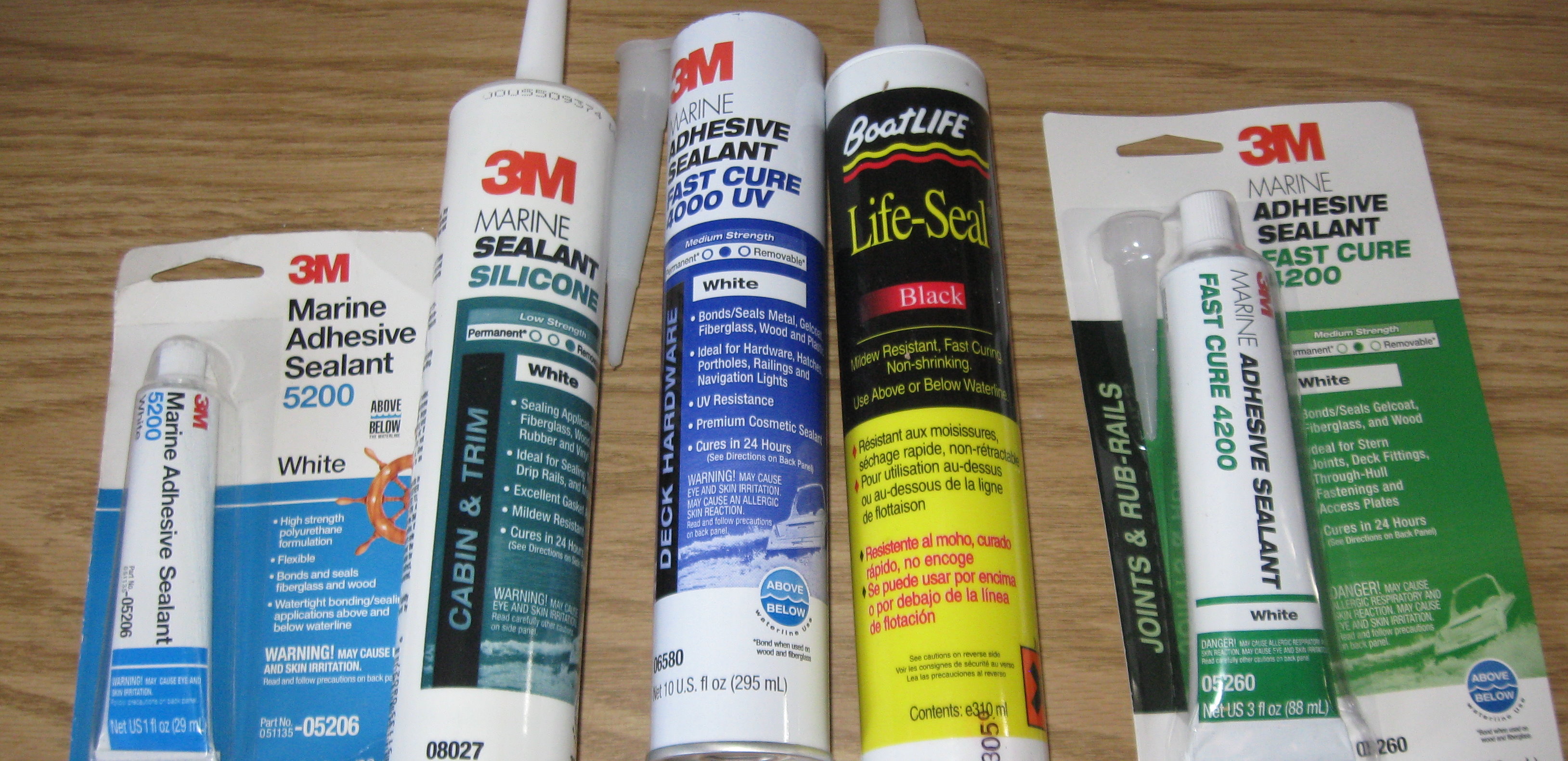
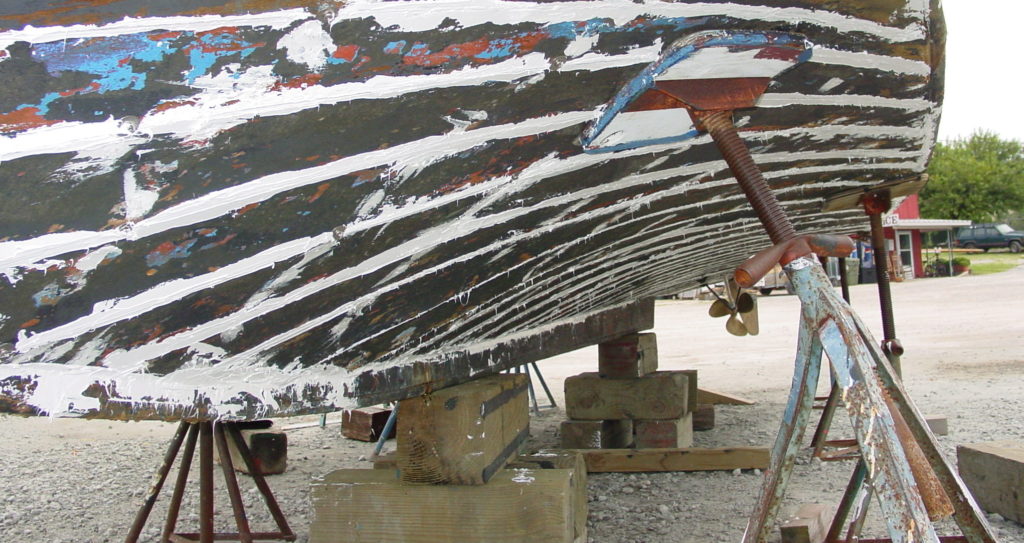
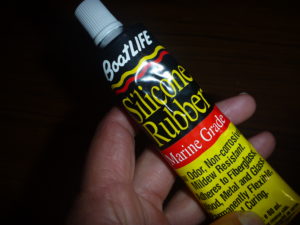
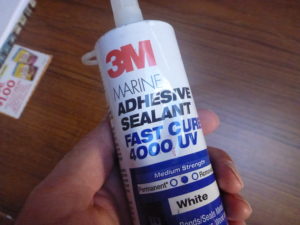
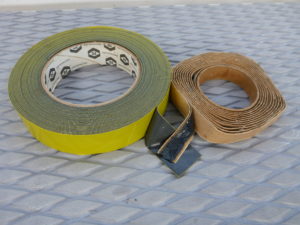

How about Lexel sealant? Where does it fit in? I see it recommended for sealing kayak bulkheads in plastic and glass boars. It’s not silicone, I think its rubber based.